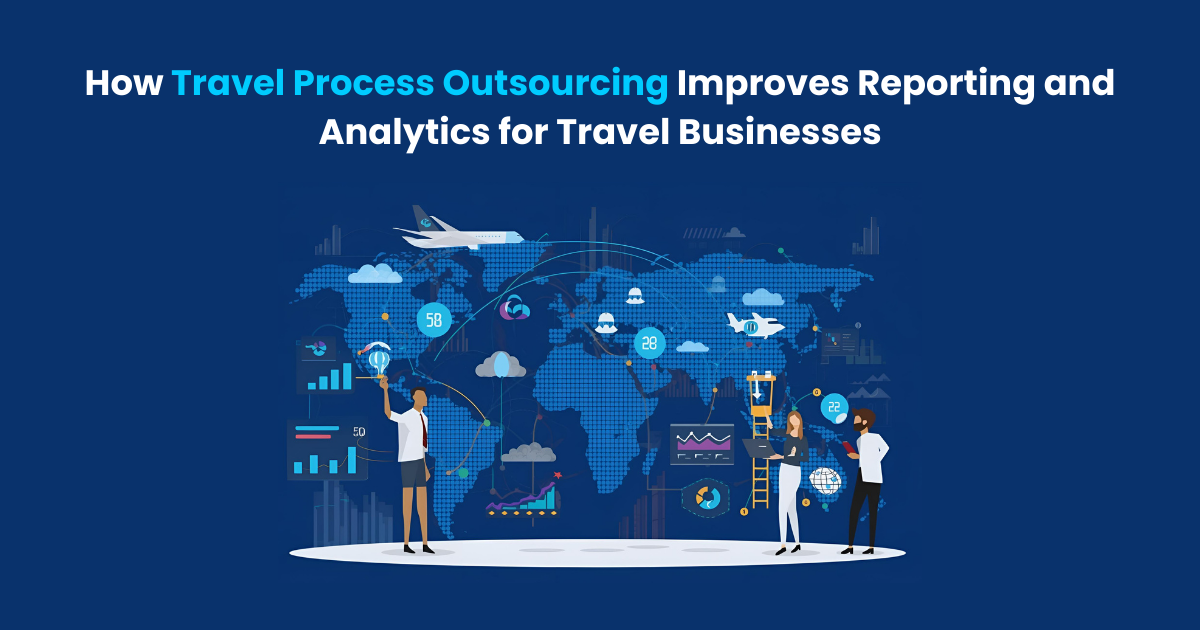
In today’s hyper-connected world, wearable technology has evolved from a niche trend into a mainstream innovation that spans health, fitness, entertainment, and enterprise sectors. With devices like smartwatches, fitness trackers, and AR glasses gaining popularity, the demand for robust and intuitive wearable applications is surging. However, developing these applications in-house can be resource-intensive and costly. A smart alternative for many businesses is to outsource Wearable App Development Services — a move that can significantly reduce costs without compromising quality.
The Rising Cost of In-House Development
Building wearable applications in-house requires significant upfront investment. Companies must hire experienced developers with niche skills in wearable OS platforms (like watchOS, Wear OS, Fitbit OS), user interface (UI) design for small screens, sensor integrations, and more. Alongside salaries, costs add up with benefits, infrastructure, licenses, training, and hardware testing environments.
Moreover, wearable tech evolves rapidly. Keeping an in-house team up-to-date with the latest SDKs, APIs, and cross-platform frameworks can drain both time and money. For startups or companies entering the wearable space for the first time, this can be a risky and expensive endeavor.
Outsourcing: A Strategic Cost-Reduction Approach
Outsourcing wearable app development services offers a practical solution to reduce operational costs while gaining access to global talent. Here’s how outsourcing achieves cost-efficiency:
1. Lower Labor Costs
One of the primary reasons companies choose to outsource is the lower cost of labor in offshore or nearshore locations. For example, developers in Eastern Europe, South Asia, or Latin America often offer the same technical capabilities as those in North America or Western Europe but at a fraction of the cost. This geographical arbitrage allows businesses to achieve high-quality results within budget constraints.
2. Reduced Overhead Expenses
When outsourcing, businesses are not required to invest in office space, computers, testing devices, software licenses, or other overheads typically associated with an internal development team. The outsourcing partner assumes these responsibilities, offering a plug-and-play model that eliminates unnecessary capital expenditures.
3. Access to Specialized Expertise
Wearable app development requires specialized skills that are not always available in-house. By outsourcing to dedicated wearable app developers, businesses tap into a pool of experts who have experience working across various wearable platforms and industry use cases. This reduces trial-and-error phases, streamlines development, and ultimately minimizes costs due to fewer errors and faster delivery.

4. Faster Time to Market
Outsourced teams often work in agile sprints, enabling rapid prototyping and development. Many outsourcing firms operate across time zones, which means progress can be made 24/7. The faster an app is developed and launched, the quicker a business can start generating revenue — and avoid prolonged development expenses.
5. Scalable Resources
With outsourcing, businesses can scale their development team up or down based on project needs. This flexibility means you pay only for the resources required at any given time, unlike an in-house team that remains on payroll regardless of workload. This elasticity in resourcing keeps costs under control during low-demand periods.
6. Minimized Risk of Rework
Experienced outsourcing providers follow best practices, adhere to industry standards, and often provide quality assurance (QA) and testing services. By ensuring the app works across multiple devices and OS versions, they reduce the risk of costly post-launch fixes. Moreover, many firms offer post-deployment support, ensuring your app runs smoothly and remains up-to-date without additional development costs.
Selecting the Right Outsourcing Partner
To maximize cost savings, it’s crucial to choose the right outsourcing partner. Look for the following attributes:
- Proven Experience in Wearable Development: Evaluate their portfolio and case studies.
- Technical Proficiency: Ensure familiarity with major wearable platforms and tools.
- Clear Communication: Language barriers and poor project management can increase costs.
- Flexible Engagement Models: Choose fixed-cost or hourly models based on your needs.
- Security Protocols: Your partner should adhere to data security standards, especially for apps involving personal health or financial data.
The Hidden Value Beyond Cost Savings
While cost reduction is a key benefit, outsourcing wearable app development also brings strategic advantages. By offloading technical execution, internal teams can focus on core business areas like marketing, customer engagement, or strategic partnerships. Additionally, collaborating with global teams often introduces diverse perspectives, fostering innovation and enhancing the final product.
Conclusion
As wearable technology continues to disrupt industries and redefine digital experiences, businesses must keep pace without stretching their budgets. Outsourcing wearable app development emerges as a viable strategy that not only slashes costs but also enhances efficiency, accelerates time to market, and ensures access to specialized talent. Whether you’re a startup launching your first product or an enterprise expanding your digital ecosystem, outsourcing is a powerful lever to build high-quality wearable apps — cost-effectively.





